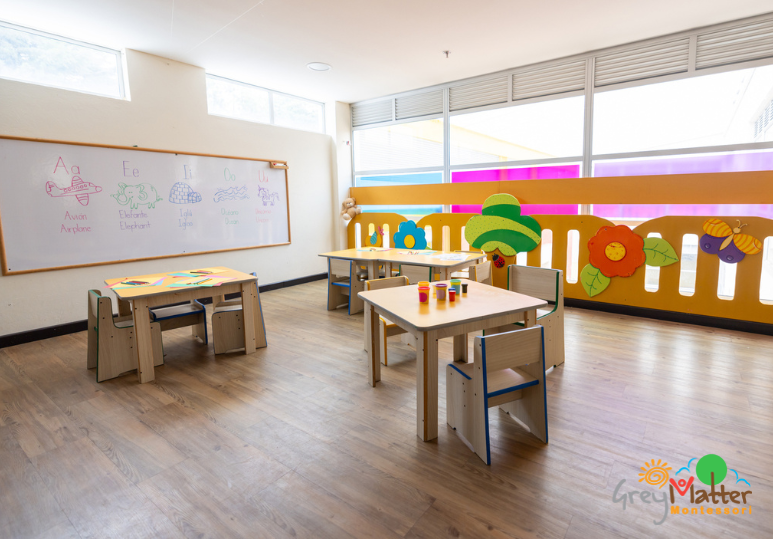After a long day at work our only wish is to come home and enjoy some quality time with our children. As a parent we know this is easier said then done, especially families that have more than one child. All too often at home, we are forced to put on the stripes and be a referee between our kids making sure they do not harm one another or us in the process. Do not worry we have all gone through this! "Mom, Timmy won't let me play with him." "Dad, Jane just pushed me down and took my doll!" Whatever the example, we all wish for our kids to get along and love each other as much as we love them.
It is quite common for siblings especially ones close in age to feel a sense of competition or jealousy between one another. From personality clashes, peacocking and arguments this can be stressful for parents and children. As parents, we are offered a lot of advice from every breathing soul in the universe welcomed or not. We have heard it all treat them differently, treat them the same, let them be friends, keep them separated, put them together etc! There is no answer in a bottle to stop sibling rivalries however, there are ways to reduce the frequency of them.
While we may think it is only within our control to reduce sibling rivalry at home, we need to stop and think what are our children learning for 8 hours a day Monday to Friday at school. Until we stopped and thought about this, our children were part of the traditional preschool and kindergarten classrooms. They simply do not have the man power or philosophy to encourage values these children need. Everyone is treated the same and go through the same processes which is great if our children were robots! Luckily we found about the Montessori method and were able to enrol our children.
In traditional kindergarten classrooms there are an average of 22 students and one teacher. The students are grouped by age, on a fixed scale. The lessons are predetermined and every child is treated the same. While there may be a lot of praise in a preschool or kindergarten classroom (“Good job, Katie!), students often don’t feel any real sense of pride or accomplishment in their work as praise is external and not internal and children are doing the same work as all of their peers.
In Montessori classrooms, the focus is on community building. Classrooms have students ranging in ages from 3 to 6 years old which means some students can act as mentors. They’re encouraged to help one another just as must as teachers are encouraged to help them. Tasks are hands-on and students are given as much time as they need without interruption to complete a task. This naturally helps with self-esteem and a sense of accomplishment for the child. In Montessori classrooms, more advanced students are given slightly more difficult or different work than other students. That student can then help his or her classmates as they advance. While that role of being a helper may not have been explicitly given to that more advanced student, he or she will naturally assume it and grow because of it. The behaviors that are taught and practiced everyday give the opportunity to create an environment that benefits all students by helping each other instead of competing with each other. The Values of team work learned and practiced in Montessori schools are now being taken back home with the students.
As parents we all struggle with rivalries either with our siblings, at work, or at home with our spouse. Imagine if we went to a Montessori classroom with 20 or more students of different age groups, where they are encouraged to share, be empathic, help one another and learn together. How long would it take for us to start portraying those behaviours? Practicing on a larger scale makes it easier to do on a smaller scale especially at a younger age when the brain is absorbing so much information. The first few years of our children’s lives are the most important and influential, and it’s our job as parents to make sure we are making the right choice for each child.





